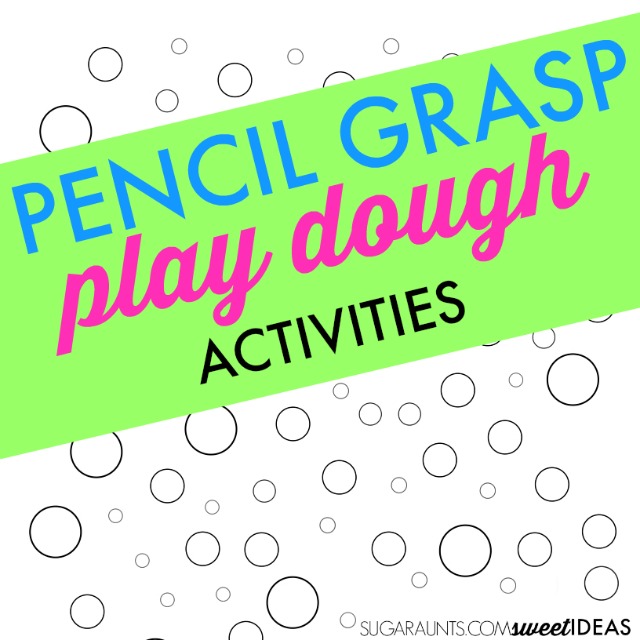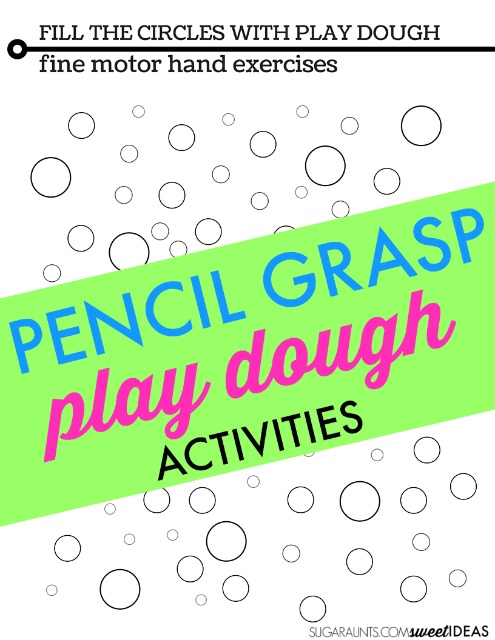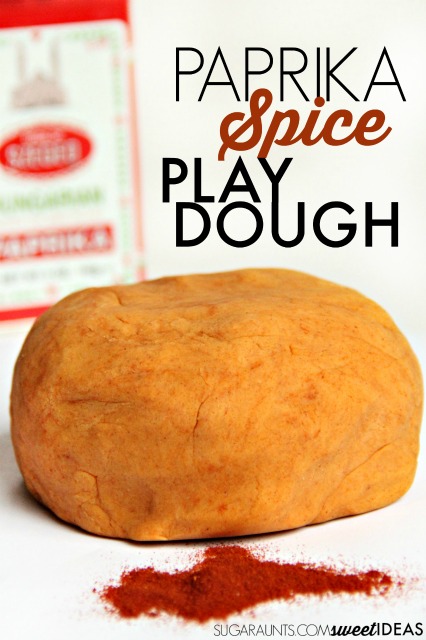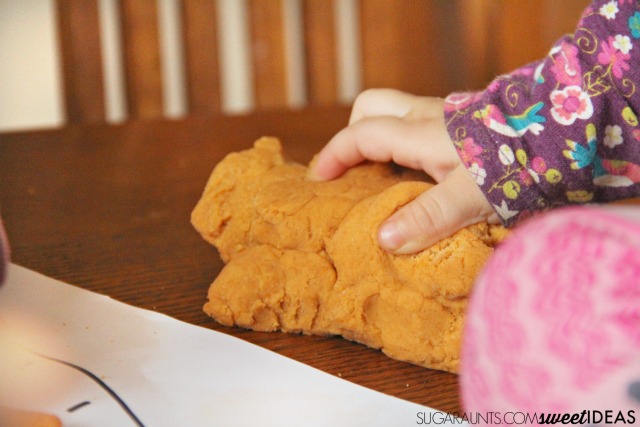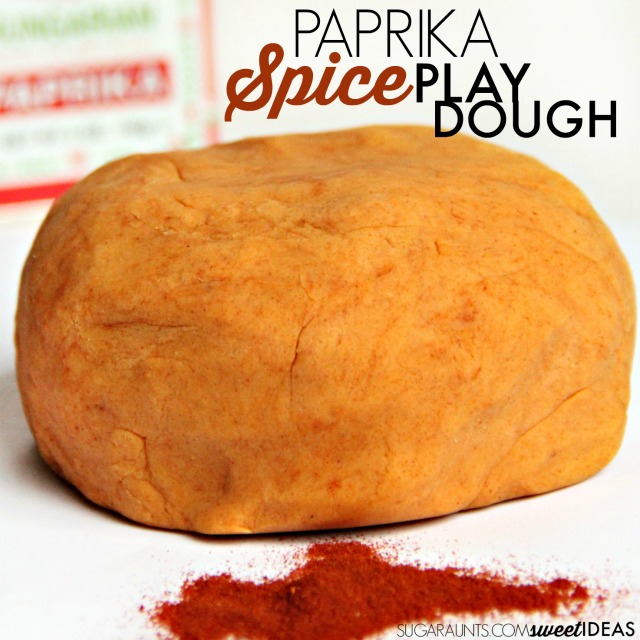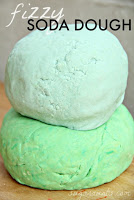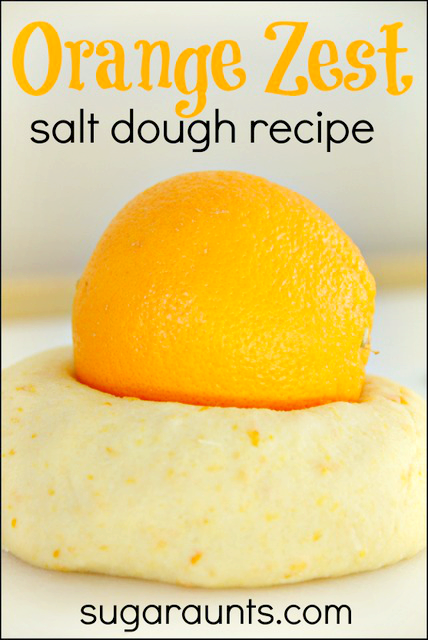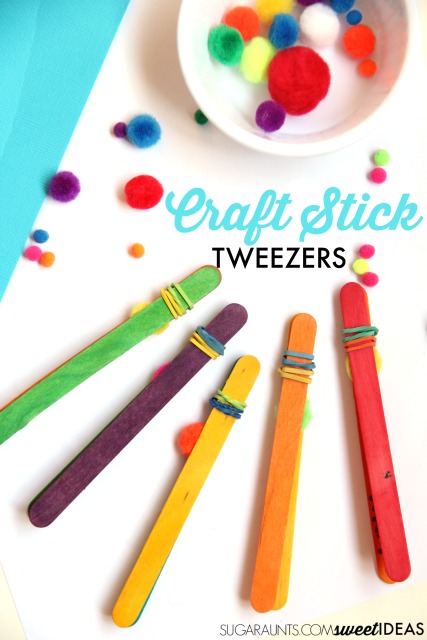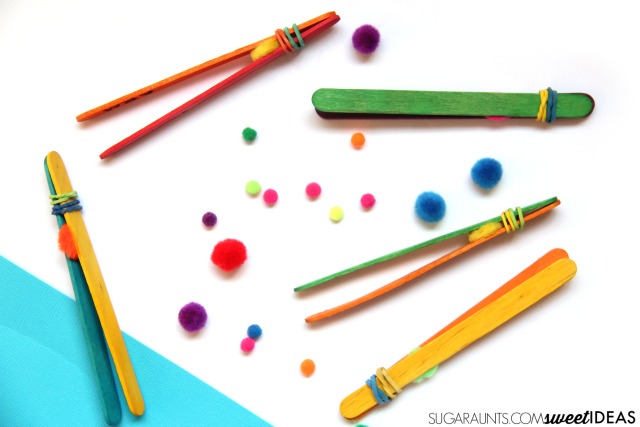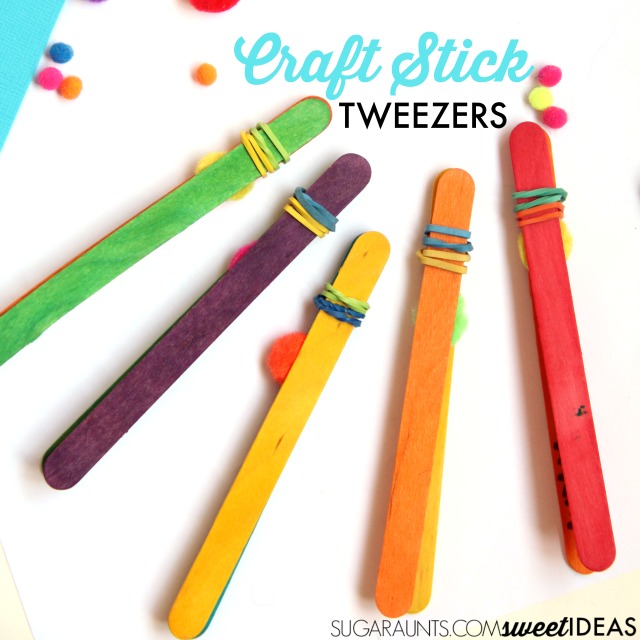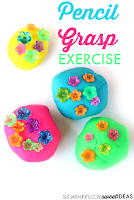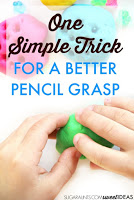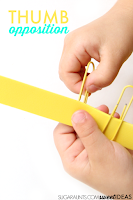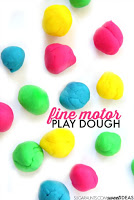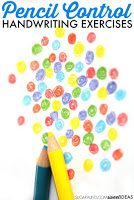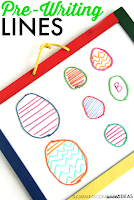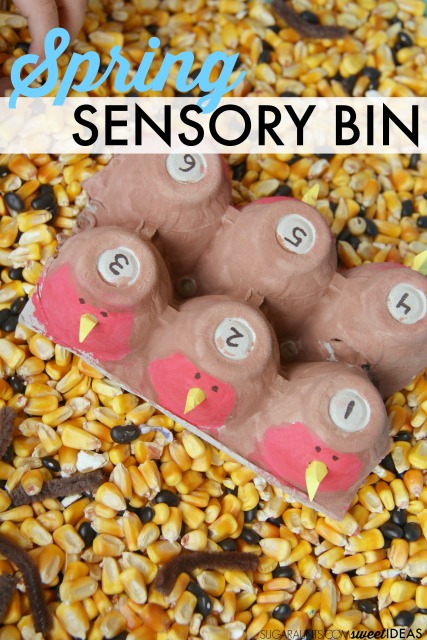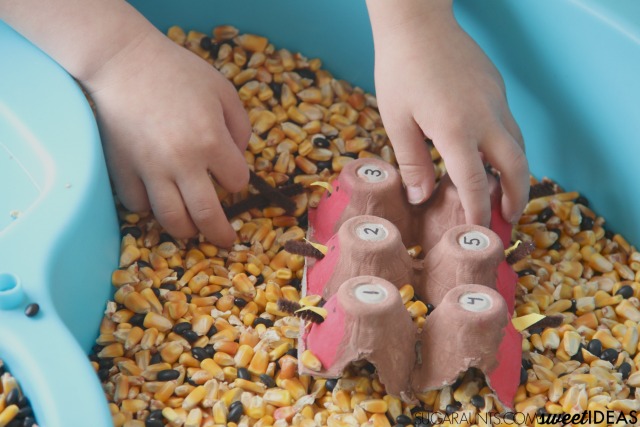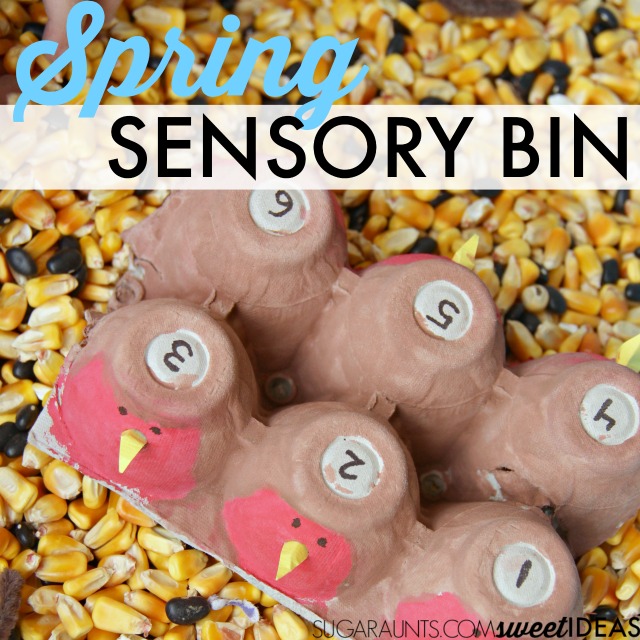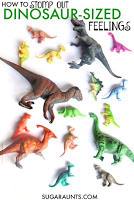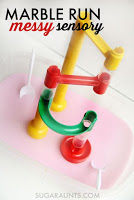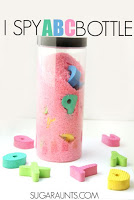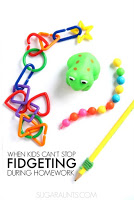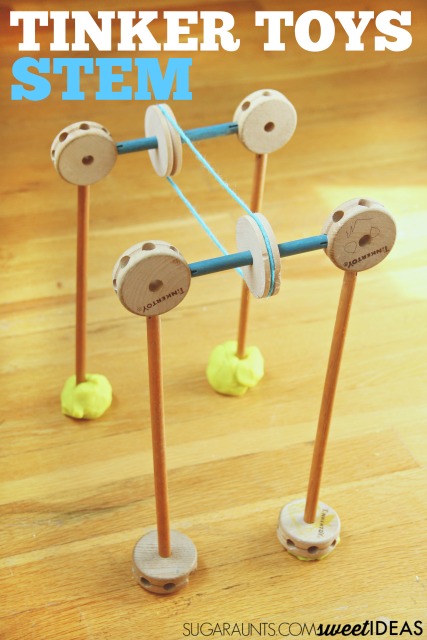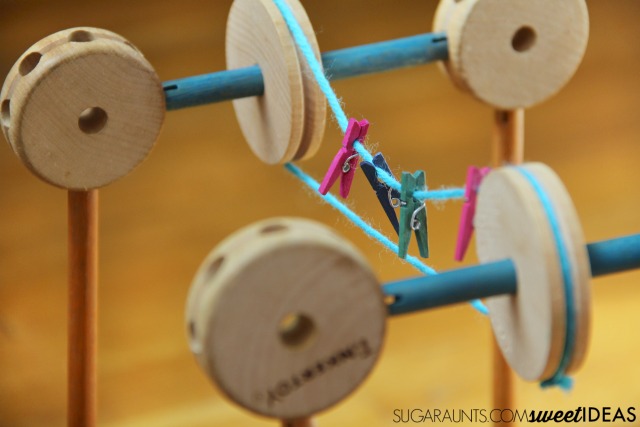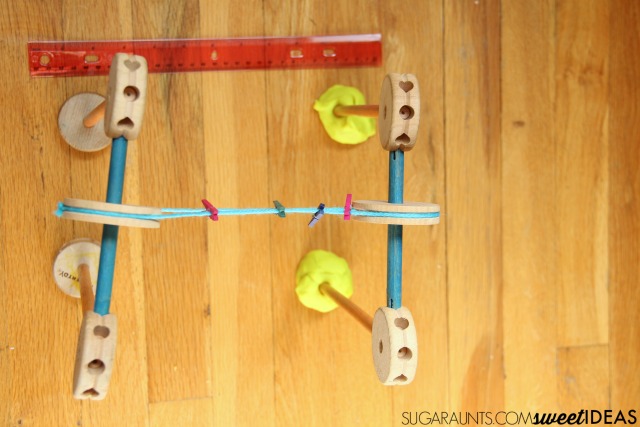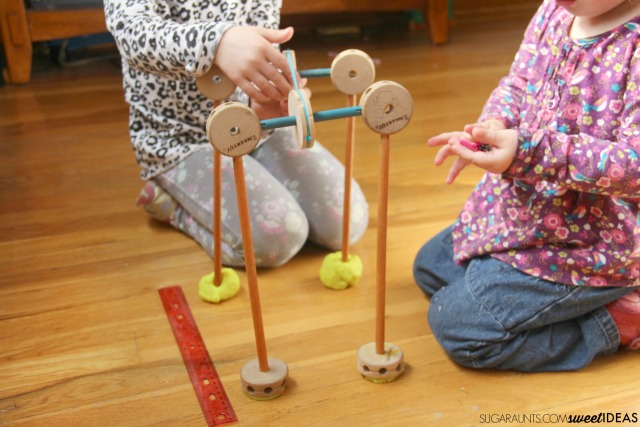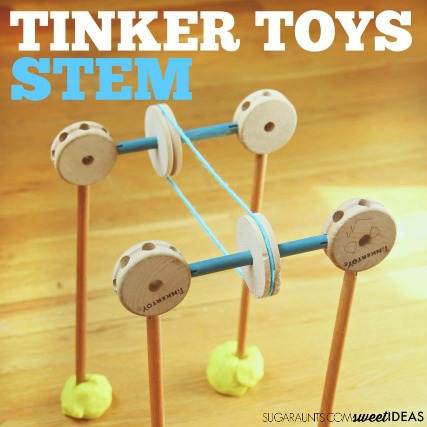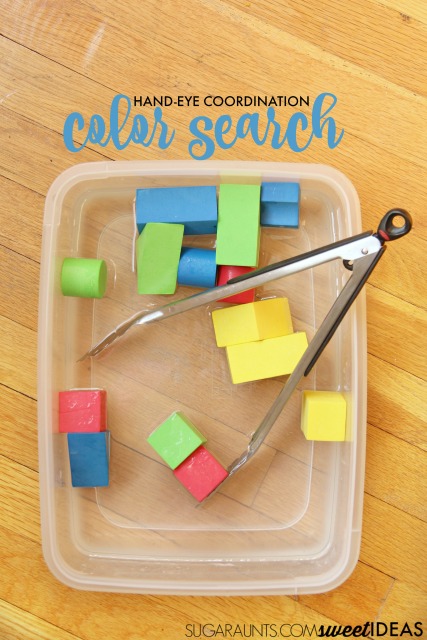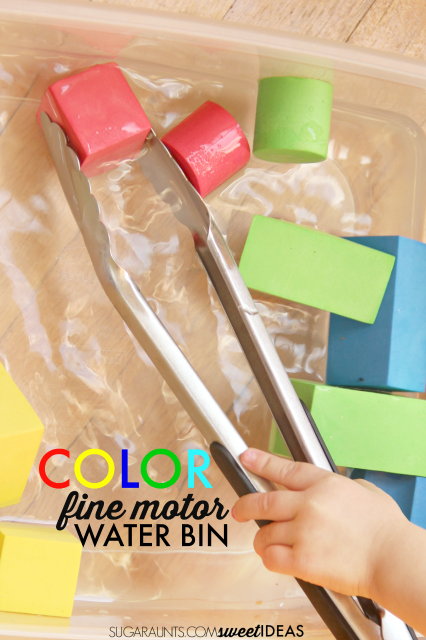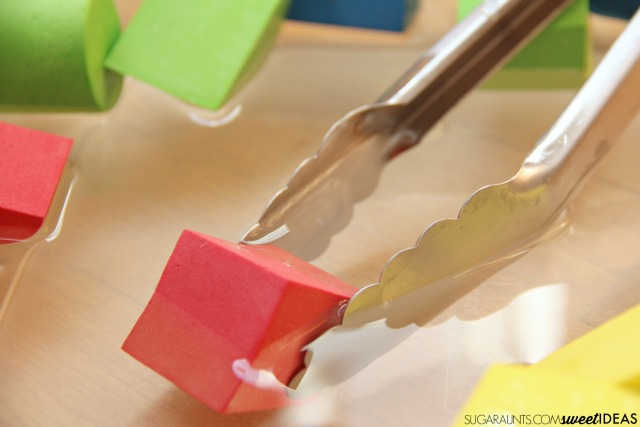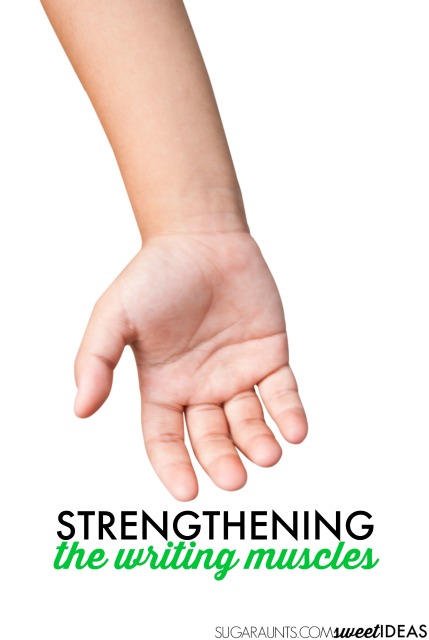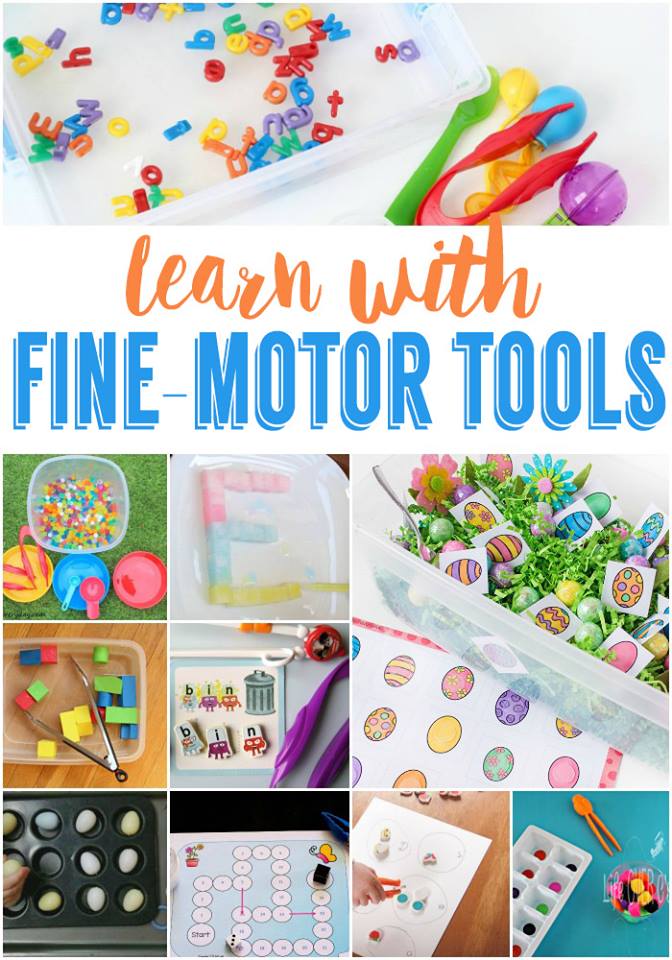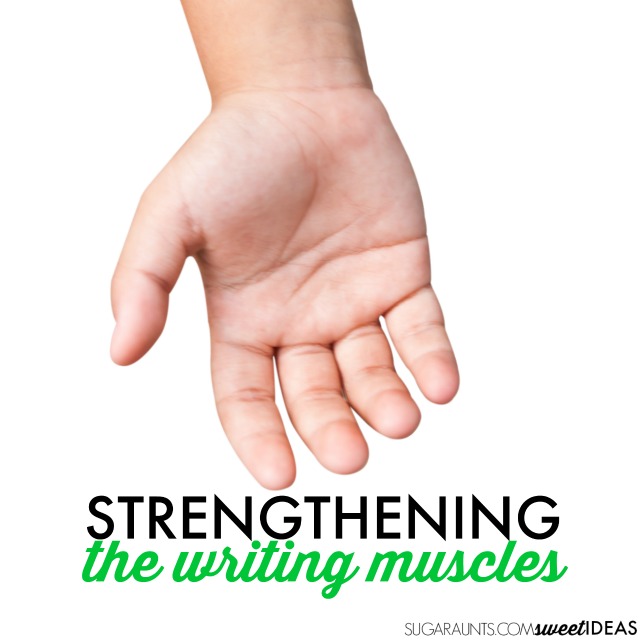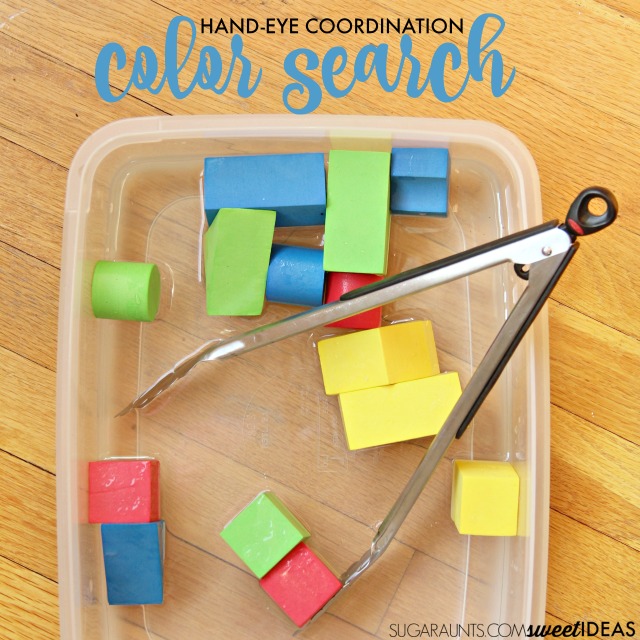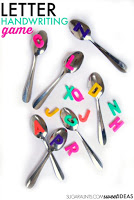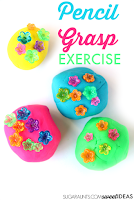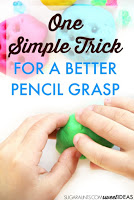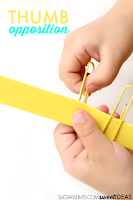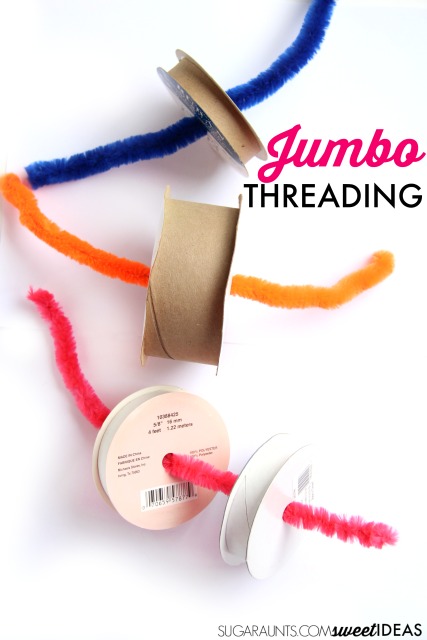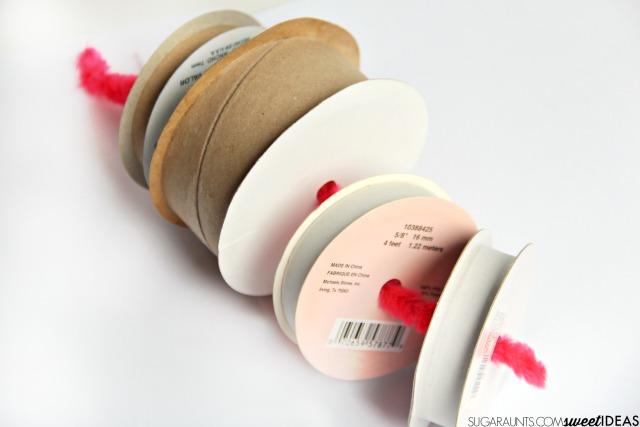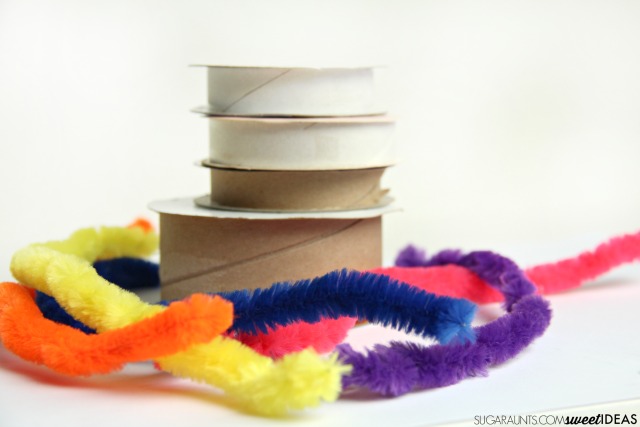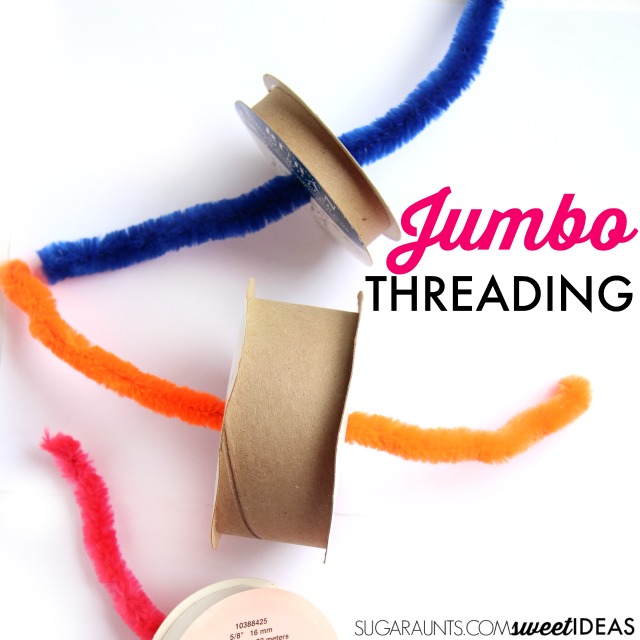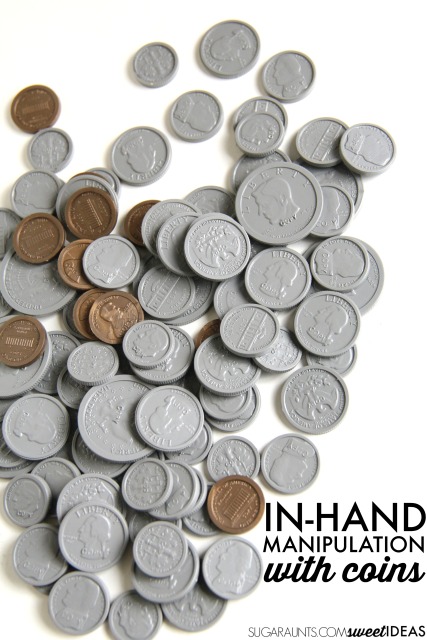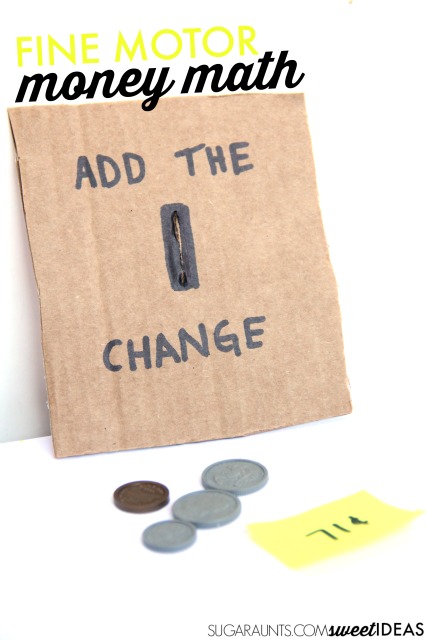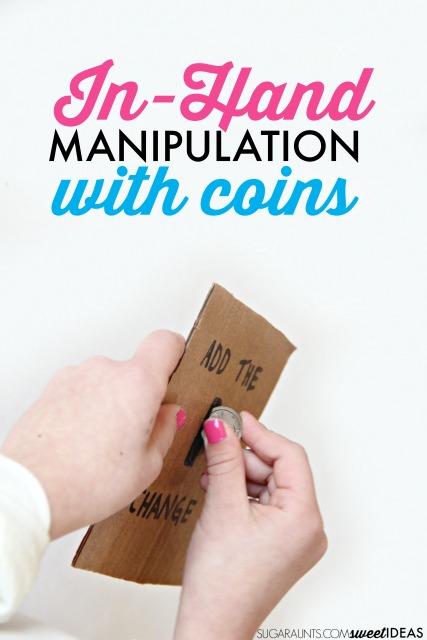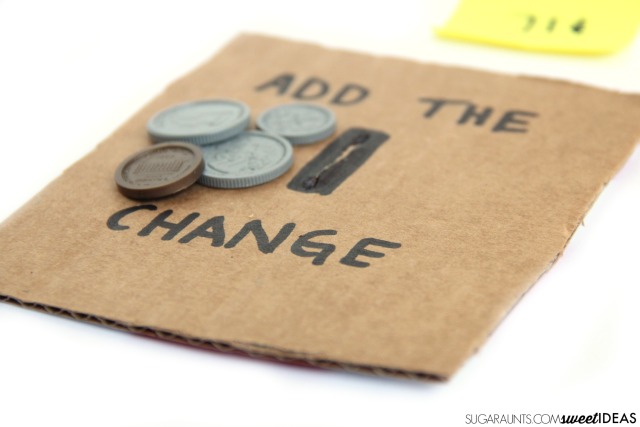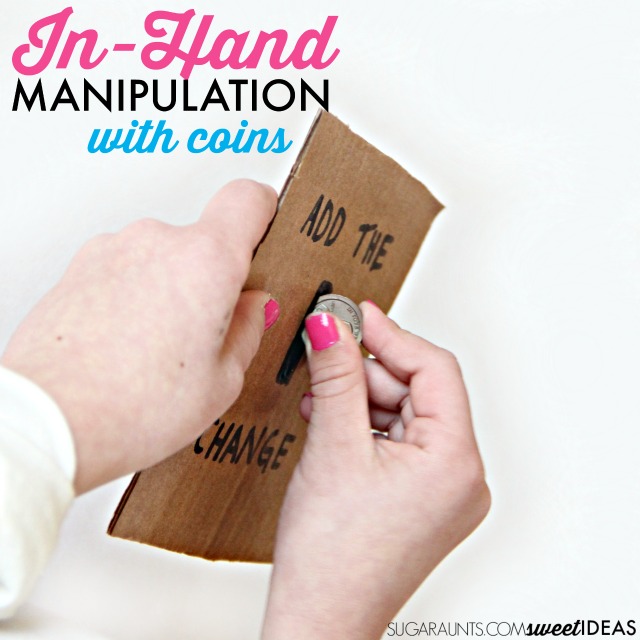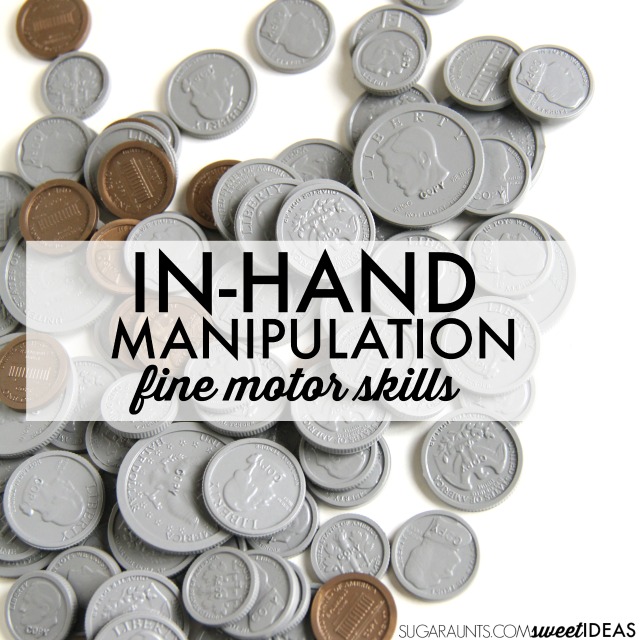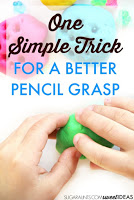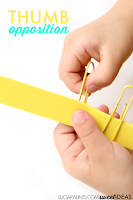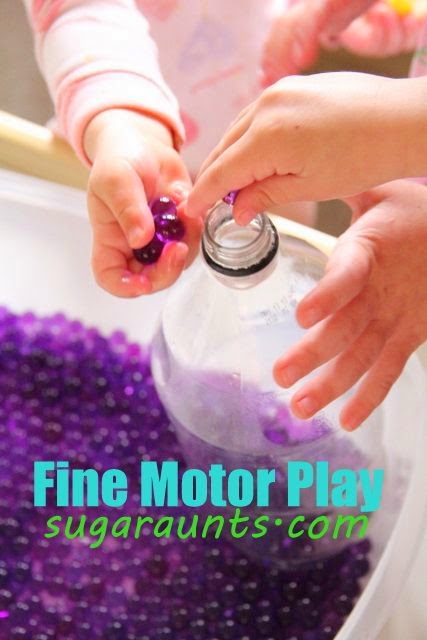Here we used a small manipulative to teach the difference between am and pm. Am and pm activities are great for helping kids to understand time and management of time. Much like this rock clock activity, the use of small manipulatives helps to build skills such as eye-hand coordination through play. It’s another activity to teach time to kids that uses fun and imaginative play!
Am PM Activity for Kids
I stepped on one again.
A little plastic toy that seems innocent enough, but it’s actually much like stepping on a hot knife. Aka a LEGO.
Only after you’re limping from the wounds of stepping on it, this cute little plastic toy just smiles back at you.
Shopkins.
If your house is like mine, you’ve got a zillion Shopkins in tins, in plastic sorting containers, and escaping onto the floor only to stab innocent passing feet in the night. They are little pieces of pink plastic figures that are…a little strange…and your kids know ever single name and every single one they own.
So, how do you battle the never-ending Shopkins fad? If you can’t beat ’em (Because they sure are beating up my feet!), then you join ’em!
We used our Shopkins in a learning activity to practice time telling skills, including differentiating between AM and PM.
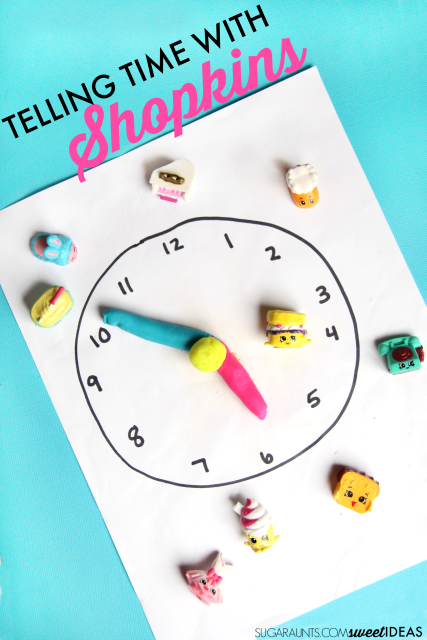
am pm activities, am pm for kids, am pm sorting acivity, am pm visual
AM PT Sorting Activity
In this activity, we used small toys to sort between am and pm activities. The AM/PM visual was a great way to get buy-in for our kids. They LOVE Shopkins. But you could use any small figures in this same activity.
This post contains affiliate links.
For this activity, we used our (Amazon affiliate link) Shopkins on a hand drawn clock. I pulled out a few colors of play dough to use as movable clock hands.
As we moved the hands around the clock to different positions, I had my daughter tell me the ways to read the clock. We used both hours (10:15) and words (a quarter after ten) to describe the time.
We then added the Shopkins to the activity. I had my daughter grab one of the Shopkins. I moved the hands around the clock to a new time and then asked my daughter to tell me if the Shopkin would be used in the am or the pm.
Depending on the position of the clock hands, a Shopkin could be used in an AM or PM activity: A toast Shopkin would be used at 8:15 AM and not 8:15 PM. The Slippers Shopkin would be used at 11:45 PM and not 11:45 PM. The cake Shopkin would be used at 2:30 PM and not 2:30 AM.
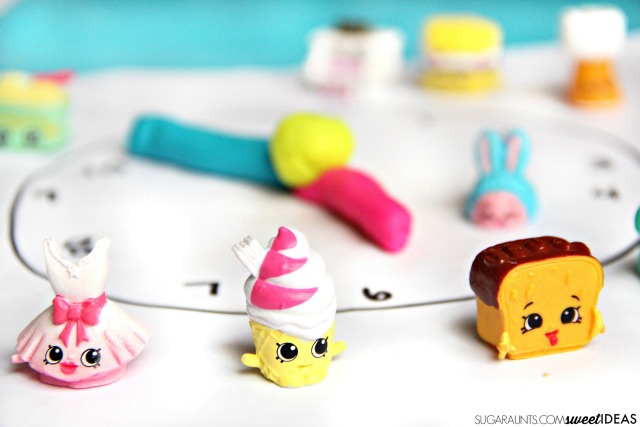
My daughter had fun coming up with different scenarios with all of the Shopkins.
We got a lot of time telling practice and the cute little plastic toys stayed safely on the table and off of the floor where they could cause me any more foot injuries!
Learning with Small Toys
Mini-figures like Shopkins or small animal toys are great manipulatives for learning concepts.
With small toys like mini-figures, children get the buy-in and motivation to play with preferred toys and characters.
However, there is the fine motor benefit happening too. Children can play with small toys and incorporate fine motor development such as:
- Eye-hand coordination
- Precision
- Graded grasp
- Pincer grasp
- Separation of the sides of the hand
- Eye-hand coordination
- Wrist development
By placing the small toys onto a specific spot they develop motor and precision skills that can be carried over to functional tasks…not to mention the play factor!
A final note on AM PM activities
When kids are confident with time concepts such as AM and PM and the passage of time, they are more confident in time management and other executive functioning skills. Read more about using a timer in handwriting and timed tasks to encourage time management during a functional task.
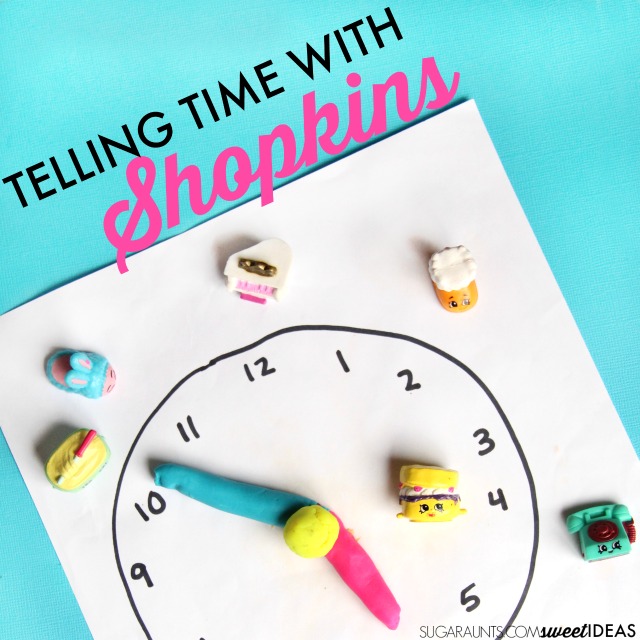
Do you have Shopkins all over your house, too? Let me know if you use Shopkins in a time telling activity like this one! I would love to hear about it.

Colleen Beck, OTR/L has been an occupational therapist since 2000, working in school-based, hand therapy, outpatient peds, EI, and SNF. Colleen created The OT Toolbox to inspire therapists, teachers, and parents with easy and fun tools to help children thrive. Read her story about going from an OT making $3/hour (after paying for kids’ childcare) to a full-time OT resource creator for millions of readers. Want to collaborate? Send an email to contact@theottoolbox.com.


